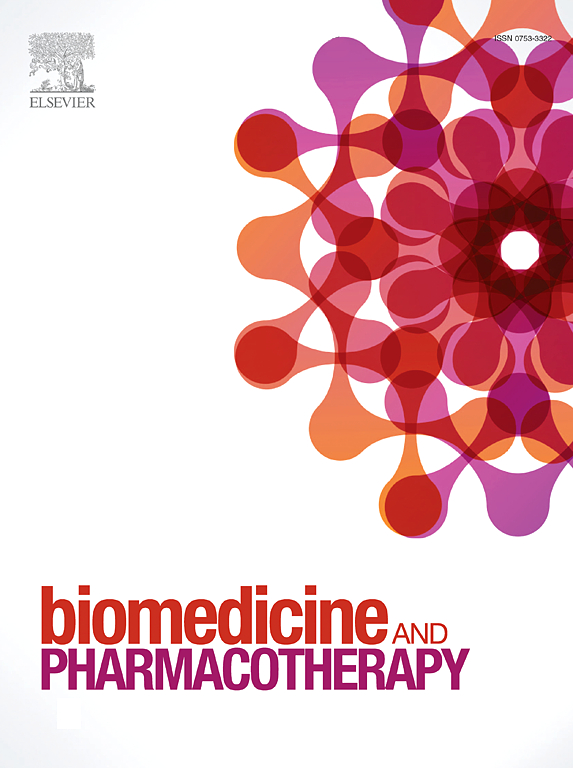Drug release from docetaxel-entrapped core-crosslinked polymeric micelles: A population pharmacokinetic modelling approach based on clinical data
IF 6.9
2区 医学
Q1 MEDICINE, RESEARCH & EXPERIMENTAL
引用次数: 0
Abstract
CPC634 is a core-crosslinked polymeric micelle entrapping docetaxel (DTX) developed to improve tolerability and tumour drug accumulation compared to conventional DTX. A pH-responsive covalent sulfone ester linker allows for controlled native DTX release. Prior research has shown CPC634's dose-proportional clinical pharmacokinetics (PK) and enhanced tumour uptake. Through population PK modelling, we aimed to predict the plasma PK and intratumoural PK of CPC634 and released DTX, focusing on how varying pH levels affect DTX release. Concentration-time data in blood and tumour from three clinical studies were used to build a population PK model. In vitro release of DTX from CPC634 was examined across pH values (5–7.4), measuring cumulative release over time to create pH-specific models. The clinical PK analysis showed that elimination of CPC634 was described by linear kinetics whereas release of DTX was found to be time-dependent. The in vitro DTX release rate in buffer and blood was described by first-order release (time-dependent) and (known) degradation processes. These findings were incorporated into the population PK model, allowing simulations to describe drug release behaviour. The in vitro findings indicated that DTX release rates of CPC634 increased with rising pH (positive correlation), as is expected from an ester linkage. The estimated clinical tumour DTX release rate from CPC634 was 1.23 * 10−3 h−1 corresponding with pH 5–6. Achieving a balance between nanoparticle stability in the circulation and efficient intratumoural release is critical for improving therapeutic efficacy. This underscores the importance of pH in the design of nanoparticles with temporarily covalently bound drugs.
求助全文
约1分钟内获得全文
求助全文
来源期刊
CiteScore
11.90
自引率
2.70%
发文量
1621
审稿时长
48 days
期刊介绍:
Biomedicine & Pharmacotherapy stands as a multidisciplinary journal, presenting a spectrum of original research reports, reviews, and communications in the realms of clinical and basic medicine, as well as pharmacology. The journal spans various fields, including Cancer, Nutriceutics, Neurodegenerative, Cardiac, and Infectious Diseases.

 求助内容:
求助内容: 应助结果提醒方式:
应助结果提醒方式:


